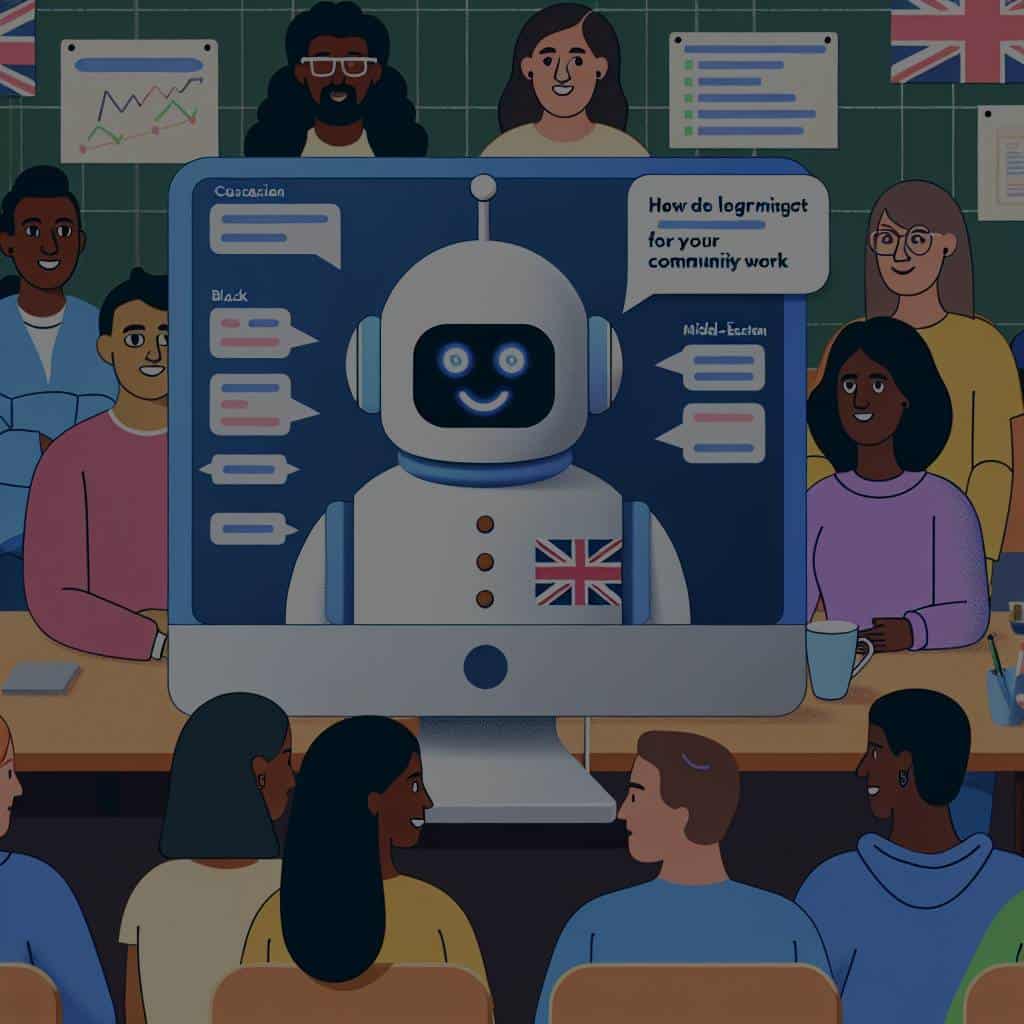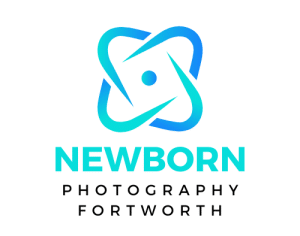How Can UK-Based Nonprofits Leverage Chatbots for Community Engagement?

In a world where technology is evolving at unprecedented speeds, data has become the lifeblood of every successful organization, including nonprofits. With the rise of artificial intelligence (AI), many businesses have started to use chatbots, an AI-based customer service tool. These digital tools can communicate with people in human-like ways, often through messaging apps, websites or mobile apps. But what about UK-based nonprofits? How can they leverage chatbots to foster community engagement? Let’s explore.
The Power of Technology: How Data and Digital Tools Can Help Nonprofits
Technology has transformed the modern landscape, impacting the way we live, work, and interact with each other. In the context of nonprofit organizations, digital tools and data have become vital for enhancing their service delivery, fundraising strategies, and community engagement efforts.
Also to read : Cross-border trade in Calais: customs compliance under control
Nonprofits collect a wealth of data from various sources, such as their websites, social media platforms, and donor management systems. This data can provide valuable insights into their operations, supporters, and the communities they serve. For example, data can help nonprofits understand the needs and preferences of their target audience, track their performance, identify trends, and make informed decisions.
Moreover, digital tools can help nonprofits streamline their processes, save time, and increase their efficiency. They can automate repetitive tasks, facilitate communication and collaboration, improve their visibility online, and engage with their community in innovative ways. One such digital tool that is gaining prominence is the chatbot.
Have you seen this : What Are the Long-Term Business Impacts of Brexit on UK Pharmaceutical Companies?
Unleashing the Potential of Chatbots for Nonprofits
Chatbots are software applications that use AI technology to conduct a conversation with users. They can understand human language, respond to queries, provide information, and perform tasks. Chatbots can be integrated into a nonprofit’s website, social media pages, or mobile app, making them highly accessible to the public.
For example, a nonprofit can use a chatbot to answer frequently asked questions, guide users through their website, help users find resources, process donations, sign up volunteers, and more. By automating these tasks, chatbots can free up the time of human staff, allowing them to focus on more important and complex issues. Additionally, chatbots can provide service 24/7, ensuring that users can get the help they need at any time.
Chatbots can also provide personalized experiences for users. They can remember user preferences, provide tailored recommendations, and adapt their responses based on past interactions. This can make users feel valued and understood, contributing to their satisfaction and engagement with the nonprofit.
Practical Examples of Chatbots in Nonprofit Organizations
Chatbots are not just the future; they are here and now. Various nonprofits across the globe have already started using chatbots to engage their communities, deliver their services, and support their missions.
For example, the UK-based charity WaterAid has launched a chatbot on its Facebook page to educate users about the global water crisis and engage them in its cause. The chatbot shares stories, facts, and videos about the issue, and invites users to take action, such as making a donation or signing a petition. This has helped WaterAid reach a wider audience, raise awareness about its cause, and drive meaningful action.
Another UK-based nonprofit, Shelter, has developed a chatbot to help people facing housing issues. The chatbot provides instant, confidential advice to users, answering questions about their rights, options, and where to get more help. This has enabled Shelter to extend its services to more people and provide immediate, accessible support to those in need.
How to Implement Chatbots in Your Nonprofit
Implementing chatbots in your nonprofit can seem daunting, but it doesn’t have to be. There are various platforms and tools available that make it easy to create and manage chatbots, even if you don’t have any coding skills.
The first step is to define the purpose of your chatbot. What tasks should it perform? What questions should it answer? What services should it provide? Having a clear purpose will guide the design and development of your chatbot.
Next, you should map out the conversational flow of your chatbot. This involves deciding what your chatbot will say in response to different user inputs. It’s important to make the conversation as natural and human-like as possible.
Once your chatbot is ready, you should integrate it into your website, social media pages, or mobile app. You should also promote your chatbot to your community, encouraging them to use it and provide feedback.
Lastly, you should monitor the performance of your chatbot and make regular adjustments. This will ensure that your chatbot continues to serve your community effectively and align with your evolving needs and goals.
The potential of chatbots for nonprofits is immense. By leveraging this technology, UK-based nonprofits can enhance their community engagement, improve their service delivery, and make a bigger impact. So, what are you waiting for? It’s time to embrace the future and embark on your chatbot journey.
Chatbots for Mental Health Services and Marginalized Communities
Addressing mental health issues and reaching out to marginalized communities are among the biggest challenges faced by nonprofits. Thankfully, leveraging technology and data analytics through chatbots can make a significant difference.
Chatbots embedded with machine learning and artificial intelligence capabilities can track user conversations, analyse sentiments and provide appropriate responses. This makes them particularly useful for mental health organizations. For instance, nonprofits dealing with mental health can design chatbots to offer real-time support to individuals struggling with anxiety, depression or other mental health conditions. These chatbots can provide initial support, share helpful resources, or guide individuals to relevant professionals for further help.
In the case of marginalized communities, chatbots can help nonprofits reach out and engage these communities in a more efficient and effective manner. For instance, a chatbot can be designed to converse in the local language of a particular group or community, making the interaction more comfortable and accessible for them.
Chatbots can also be used to gather important data about these communities and their needs. Nonprofits can use this data to make informed decision making and to tailor their social services accordingly.
Moreover, during the COVID pandemic, chatbots have provided an effective way for nonprofits to maintain and even increase their engagement with communities while in-person events and services were limited.
Social Media and Chatbot Marketing for Enhanced Engagement
Social media platforms, especially Facebook Messenger, are increasingly becoming a popular medium for deploying chatbots. They offer the advantage of reaching a wide audience, given the extensive user base of these platforms.
With social media chatbots, nonprofits can initiate conversations with community members, answer their queries in real time, and guide them towards beneficial resources or services. They can also be used for chatbot marketing, sharing updates about the organization’s activities, events, and initiatives.
Moreover, chatbots on social media can help streamline operations by automating repetitive tasks such as answering common questions or guiding users to the right resources. This allows staff members to focus on more complex tasks.
With the use of data analytics, nonprofits can also analyze the interactions of the chatbot with users to gain insights about their interests, concerns, and preferences. This information can be used to further refine the chatbot’s responses, making them more personalized and engaging.
Conclusion
The digital transformation brought by chatbots offers exciting opportunities for UK-based nonprofit organizations. By leveraging technology, artificial intelligence, and data analytics, these organizations can significantly enhance their community engagement, service delivery, and operational efficiency.
Whether it’s about providing mental health support, reaching out to marginalized communities, or advancing social services, chatbots can be a game-changer. They allow nonprofits to interact with their communities in a more personalized, efficient and real-time manner.
It’s clear that the future of community engagement for nonprofits lies in embracing technology like chatbots. As these digital tools continue to evolve and improve, they will become even more integrated into the fabric of nonprofits, helping them serve their communities better and make a greater impact.
